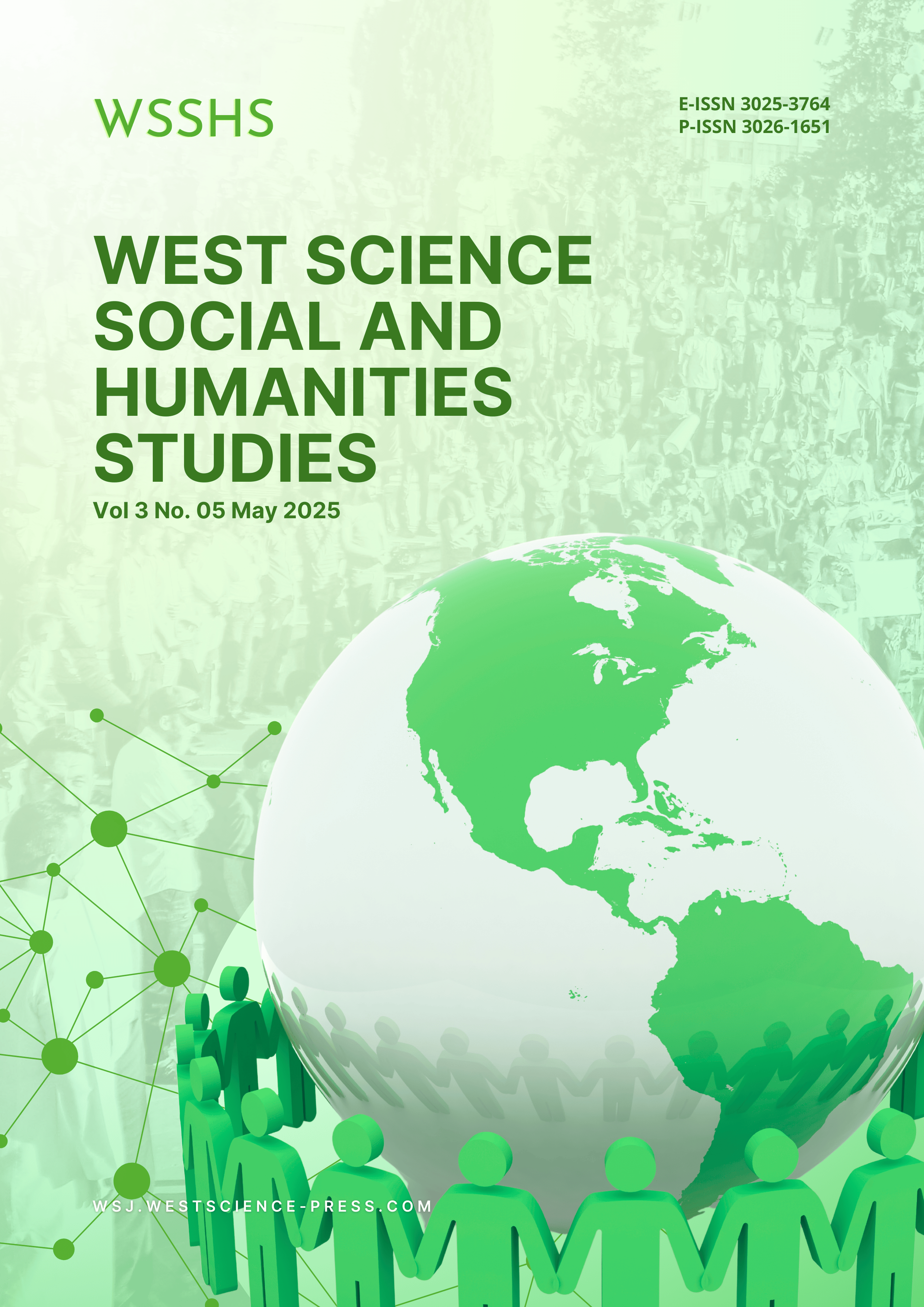The Effect of Population and Human Development Index (IPM) on The Open Unemployment Rate in West Nusa Tenggara Province in 2018-2023
DOI:
https://doi.org/10.58812/wsshs.v3i05.1892Keywords:
Open Unemployment Rate, Human Development Index (IPM), PopulationAbstract
This study aims to determine the effect of population and Human Development Index (IPM) on the open unemployment rate in NTB Province in 2018-2023. This study is a quantitative study with an associative approach. In the study, data collection was carried out directly through the Central Statistics Agency (BPS) of NTB Province. Using three data, namely population data, Human Development Index data and open unemployment rate data for NTB Province in 2018-2023. The analysis method used in this study is panel data regression using Eviews 12.0 software. The results of this study indicate that population has a positive and insignificant effect on the open unemployment rate and the Human Development Index (IPM) has a negative and significant effect on the open unemployment rate and simultaneously the population and Human Development Index (IPM) have a significant effect on the open unemployment rate. The implications of these findings indicate that population growth needs to be managed properly so as not to increase the risk of unemployment. In addition, increasing the IPM has been shown to reduce the unemployment rate, so efforts to improve the quality of education, health, and living standards must continue to be encouraged by the local government.
References
[1] S. A. Yehosua, T. O. Rotinsulu, and A. O. Niode, “Pengaruh inflasi dan suku bunga terhadap tingkat pengangguran di kota manado,” J. Berk. Ilm. Efisiensi, vol. 19, no. 01, 2019.
[2] BPS, “Tingkat Pengangguran Terbuka (TPT) sebesar 5,32 persen dan Rata-rata upah buruh sebesar 3,18 juta rupiah per bulan,” Badan Pusat Statistik, 2023.
[3] S. Sukirno, “Ekonomi pembangunan: proses, masalah dan dasar kebijakan,” 2006.
[4] L. Hakim and E. Agustiani, “Pengaruh Tingkat Pengangguran Terbuka Terhadap Jumlah Kemiskinan Di Provinsi NTB Pada Tahun 2010-2021,” J. Econ. Bus., vol. 10, no. 1, pp. 21–32, 2024.
[5] R. Garnella and N. A. Wahid, “Pengaruh pertumbuhan ekonomi, indeks pembangunan manusia (IPM) dan kemiskinan terhadap tingkat pengangguran terbuka di Provinsi Aceh,” J. Ilm. Mhs. Ekon. Dan Bisnis Islam, vol. 1, no. 1, pp. 21–35, 2020.
[6] S. Sadono, Makroekonomi, Teori Pengantar. Jakarta: PT Raja Grafindo Persada, 2004.
[7] P. J. Simanjuntak, Pengantar ekonomi sumber daya manusia. Lembaga Penerbit Fakultas Ekonomi Universitas Indo., 1985.
[8] B. P. Statistik, “Statistik Indonesia 2019: Statistical Yearbook of Indonesia 2019,” Sub Direktorat Publ. dan Kompil. Stat. Badan Pus. Stat. Jakarta, 2016.
[9] D. Mahroji and I. Nurkhasanah, “Pengaruh indeks pembangunan manusia terhadap tingkat pengangguran di Provinsi Banten,” J. Ekon., vol. 9, no. 1, 2019.
[10] R. Helvira and E. P. Rizki, “Pengaruh investasi, upah minimum dan IPM terhadap tingkat pengangguran terbuka di Provinsi Kalimantan Barat,” JIsEB, vol. 1, no. 1, pp. 53–62, 2020.
[11] D. S. Ayu, “Analisis pengaruh produk domestik regional bruto, tingkat pengangguran terbuka, IPM, jumlah penduduk dan upah minimum terhadap kemiskinan di Provinsi Jawa Timur (tahun 2010-2015),” 2018.
[12] S. D. Ramadhanty, “Analisis Faktor-Faktor Yang Mempengaruhi Tingkat Pengangguran Terbuka di Provinsi Jawa Barat Tahun 2016-2021,” 2023.
[13] M. P. Todaro and S. C. Smith, “Pembangunan ekonomi di dunia ketiga Jilid 1,” Ed. Kedelapan, diterjemahkan oleh Haris Munandar, Jakarta Penerbit Erlangga, 2000.
Downloads
Published
Issue
Section
License
Copyright (c) 2025 Selvi Sari Ayuwanjani, Busaini Busaini, Subhan Purwadinata

This work is licensed under a Creative Commons Attribution-ShareAlike 4.0 International License.




















 Instagram
Instagram 